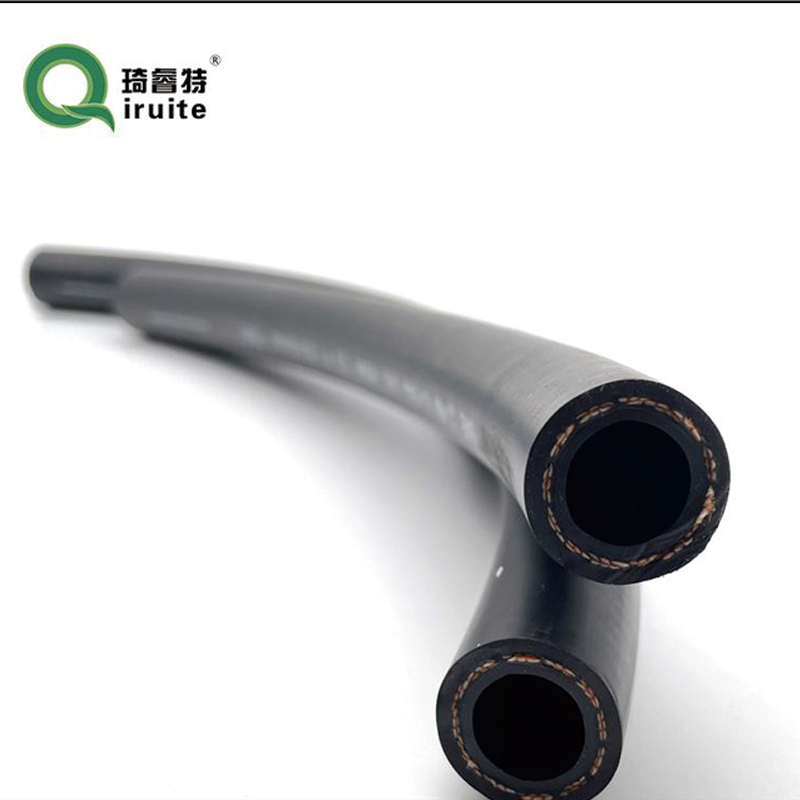Understanding the Importance of Pressure Hose in Power Steering Systems for Optimal Performance
Understanding Power Steering and the Role of Pressure Hose
Power steering is an essential feature in modern vehicles, designed to reduce the amount of effort required by the driver to steer. This system employs hydraulic or electric mechanisms to assist in steering, making it easier to maneuver the vehicle, especially at low speeds or during parking. Among the critical components of hydraulic power steering systems is the pressure hose, which plays a vital role in ensuring the system operates efficiently.
Understanding Power Steering and the Role of Pressure Hose
One of the most common issues associated with pressure hoses is wear and tear due to age, exposure to heat, and fluctuating pressures. These factors can lead to cracking, deterioration, or even rupture of the hose, resulting in hydraulic fluid leaks. Drivers may notice symptoms such as difficulty in steering, whining noises when turning the wheel, or a visible pool of fluid underneath the vehicle. If these symptoms arise, it's crucial to have the power steering system inspected promptly to avoid complete loss of steering control and potential safety hazards.
pressure hose power steering

Regular maintenance and inspection of the pressure hose are essential for the longevity of the power steering system. Mechanics typically check for signs of wear, such as bulging, cracks, or soft spots on the hose. It's also wise to inspect the hose's connections to ensure they are secure and free from leaks. If any issues are found, replacing the pressure hose is necessary to restore proper function and maintain safe steering conditions.
When selecting a replacement pressure hose, it's important to use high-quality parts that meet or exceed the manufacturer's specifications. Aftermarket options may be available, but ensuring that they are compatible with the specific make and model of the vehicle is crucial. Using subpar hoses can lead to premature failure, negating the benefits of any repairs made to the power steering system.
In addition to the pressure hose, the power steering pump and reservoir also play integral roles in the system's functionality. The pump generates hydraulic pressure, while the reservoir holds the hydraulic fluid. Ensuring that all components are in good condition is crucial for optimal performance. Coupled with the pressure hose, they work together to facilitate smooth and responsive steering.
In conclusion, the pressure hose is a fundamental component of the power steering system, playing a crucial role in providing the necessary hydraulic assistance for effortless steering. Regular inspection and maintenance of the pressure hose and related components are vital for ensuring safety and performance on the road. By understanding the importance of the pressure hose and addressing any issues promptly, drivers can enjoy the full benefits of power steering technology, making every driving experience more comfortable and enjoyable. As technology continues to evolve, so too will the mechanisms behind power steering, but the foundational importance of reliable components like the pressure hose will remain steadfast.
-
Ultimate Spiral Protection for Hoses & CablesNewsJun.26,2025
-
The Ultimate Quick-Connect Solutions for Every NeedNewsJun.26,2025
-
SAE J1401 Brake Hose: Reliable Choice for Safe BrakingNewsJun.26,2025
-
Reliable J2064 A/C Hoses for Real-World Cooling NeedsNewsJun.26,2025
-
Heavy-Duty Sewer Jetting Hoses Built to LastNewsJun.26,2025
-
Fix Power Steering Tube Leaks Fast – Durable & Affordable SolutionNewsJun.26,2025

